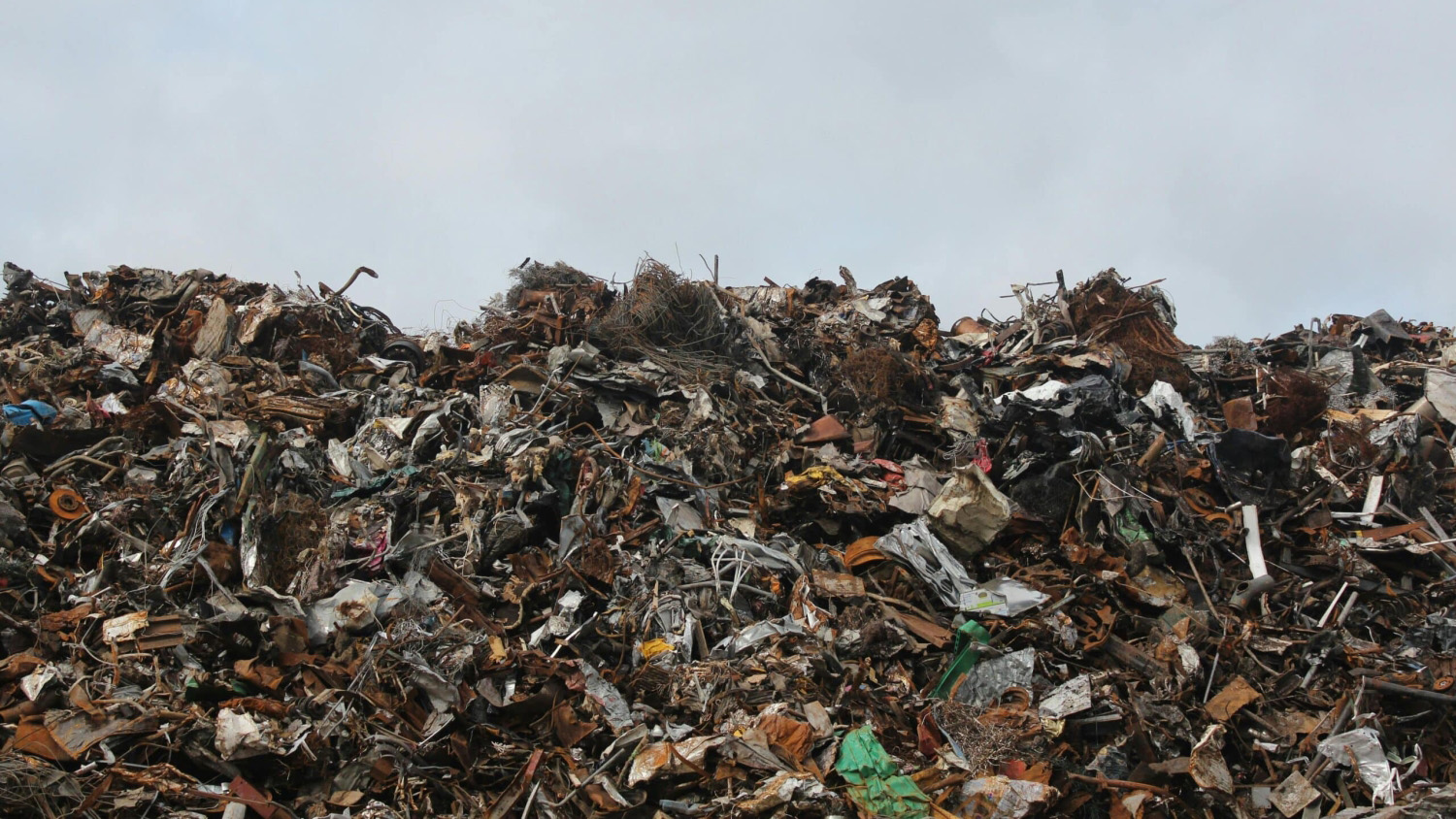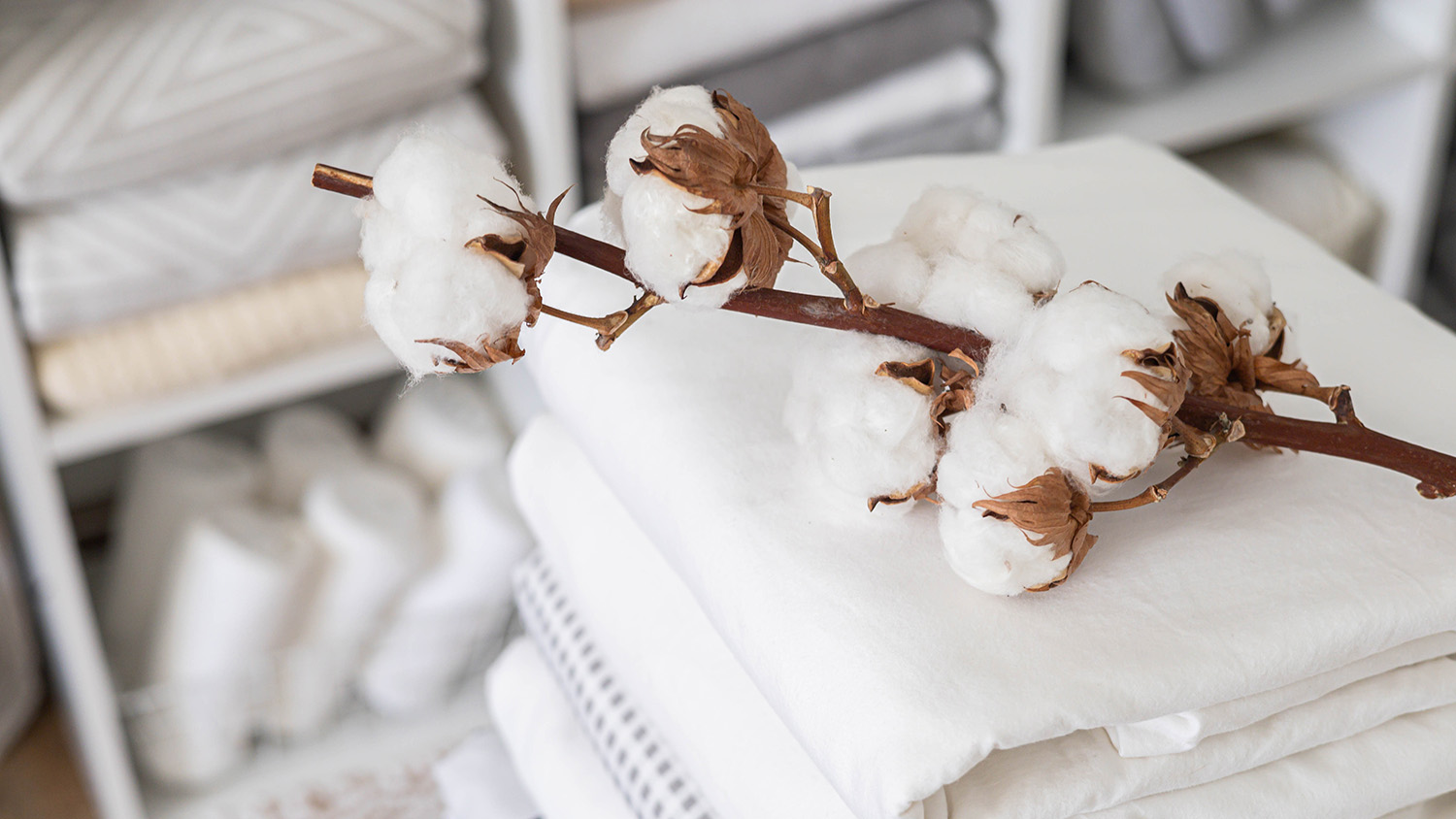NC State Partners with Amazon to Develop Sustainable Packaging Solutions

Two NC State professors have partnered with Amazon, the Seattle-based e-commerce giant, to improve the long-term sustainability of the packaging industry.
Amazon recently gifted $150,000 to Joel Pawlak and Richard Venditti, both professors of forest biomaterials at the College of Natural Resources, to lead the project.
“Without funding such as this, society could not move forward in achieving its goals,” Pawlak said. “It shows that Amazon is serious about creating a better future.”
Pawlak and Venditti aim to use fibers from recycled textile waste to produce a paper-based alternative for plastic padded shipping envelopes.
Plastic pollution is one of the most pressing environmental issues. A plastic package can sit in a landfill for hundreds of years, leaching chemicals into soil or water.
In its 2022 sustainability report, Amazon announced that it would be “phasing out padded bags containing plastics in favor of recyclable alternatives.”
Recycling plastic packages is possible but difficult, largely because of contamination from the various plastic types and additives used in packaging.
Curbside recycling programs generally don’t accept plastic packaging, so most people have to take Amazon mailers to designated drop-off locations to avoid the landfill.
The use of paper-based envelopes is an important step for improving the sustainability of the packaging industry. Paper is easily recyclable and biodegradable.
However, there still is room for improvement if greater amounts of textile waste can be incorporated in the paper making up the envelopes.
“The amount of textile waste is growing and there needs to be applications developed to utilize this waste instead of landfilling it,” Venditti said.
Textile waste includes any discarded or unused material from the production and use of clothing, bedding and other nondurable goods.
The United States alone dumped close to 14 million tons of textile waste in landfills or incinerators in 2018, the last year data is available.
Pawlak and Venditti are primarily interested in combining cotton fibers from recycled textiles with paper fibers from used corrugated boxes and other sources.
“Our goal is to develop methods to incorporate textile cotton waste into packaging paper that not only has high strength properties but is also recyclable,” Venditti said.
Recycled cotton fibers have been used to make paper for centuries due to their strength, softness, durability and sustainability.
However, there’s not been much research into blending recycled cotton fibers with other recyclable papermaking fibers.
Pawlak and Venditti will create a process for blending cotton and paper fibers before examining recyclability, biodegradability and other properties.
Both researchers expect the blending of the fibers to be suitable for use in packaging, creating more sustainable options for Amazon and other companies.
“We believe this project will ultimately inspire papermakers to seek out these fibers to enhance their operations,” Pawlak said.
Pawlak added that a global shortage of wood fiber supplies is expected to occur in the future, potentially limiting the supply of one of the most suitable packaging materials.
Wood fiber is widely used throughout the world in corrugated boxes and other common packaging materials because of its strength and cost.
“By finding alternative sources of fibers for packaging, we can continue to grow this important material to meet consumer demands,” Pawlak said.
- Categories:


